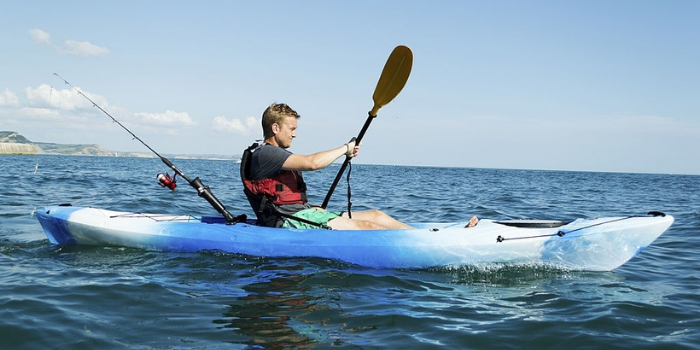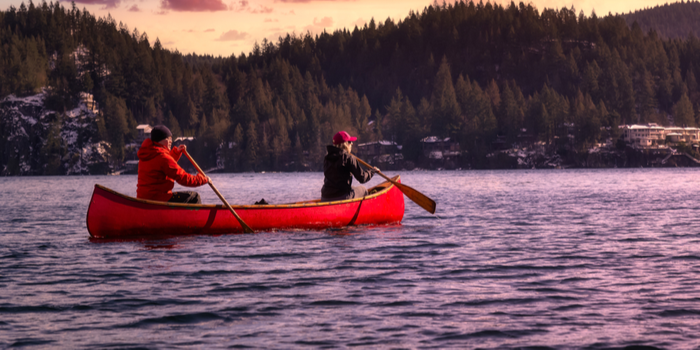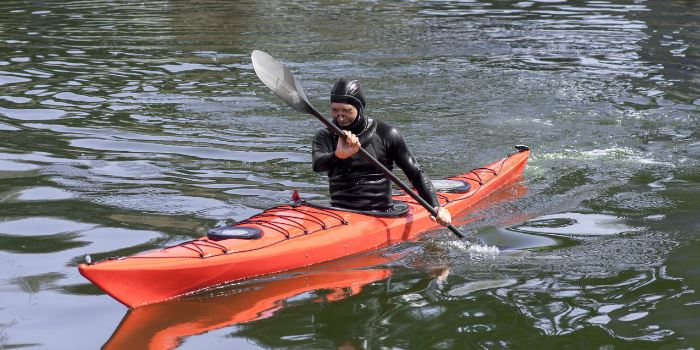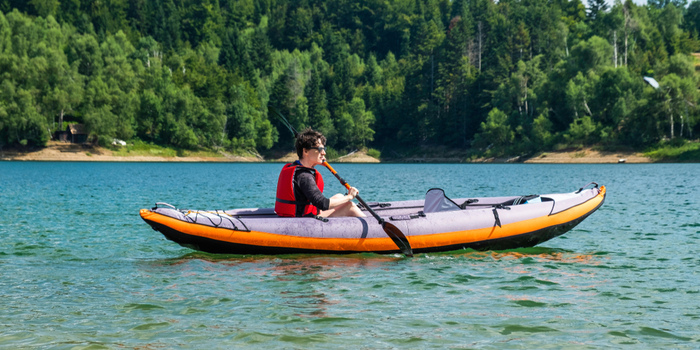Kayaks
What to Look for When Getting Your First Kayak
The first things to do when purchasing a kayak is to decide what kind of kayak you need. If you’ve joined a kayaking club and been out in a kayak before, then you will have some idea of which parts you enjoyed and can tailor you purchase accordingly.
If you don’t have that much experience and are just looking for a boat to get you started, then research your local kayaking hotspots. If you live on the coast, there probably isn’t much point in getting a whitewater kayak. If you’re miles from the sea, then an ocean kayak is probably a waste of money. There are, however, a few things to consider that apply to most kayaks.
If you are just starting out as a paddler then a recreational kayak is probably your best choice as a beginner’s kayak. This is because recreational kayaks often have the best primary and secondary stability. Before branching out into more specialized forms of kayaking, it is best to become comfortable out on the water, and the stability of a recreational kayak is often more forgiving as you learn.
Comfort
Comfort is paramount when choosing a kayak. A well-fitted kayak prevents cramping, has padding on all the contact points, and allows the kayaker to use their lower body to torsion and maneuver the kayak. When purchasing a kayak, make sure its the right length for you. If you have a particularly long frame, then an 8-foot kayak may feel cramped. Look for adjustable foot and thigh braces, not only will they make the kayak more comfortable but they will also improve your control over it.
Storage
All types of kayaking need some level of equipment. Some kayaking activities, such as fishing or camping, require a significant amount on gear to be brought with you. When you are considering a potential kayak, examine how much gear storage is available. Most kayaks will come with one waterproof storage hatch and bungee cord storage on deck. If your chosen kayaking activity requires a large amount of gear, look for kayaks with large open storage areas, known as tankwells, or portable accessory carriers (P.A.C.) which can be towed behind your boat.
Weight and Portability
Kayaking is often a solo activity and this can mean a kayaker can run into difficulties when needing to transport their kayak to and from the water. If you normally kayak solo, then consider the weight of the kayak when making a purchase. There are accessories that can assist with this; car racks are the easiest way to transport a kayak and a kayak trolley can really help to get a heavier kayak down to the water.






